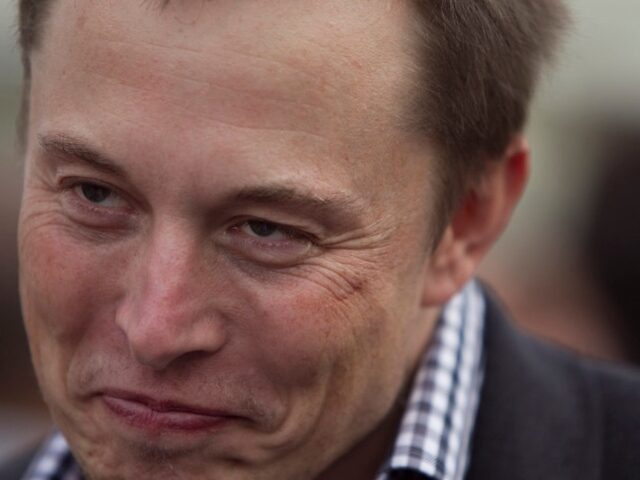Elon Musk, the tech billionaire behind Neuralink, has made bold claims about the future of brain-computer interfaces, suggesting that his company’s technology will one day grant users “cybernetic superpowers.”
Forbes reports that in a series of tweets and a rare video update, Elon Musk, owner of Neuralink, has painted a futuristic picture of the company’s brain implant technology. Musk’s vision includes the ability for users to control robots with their minds and for amputees to move prosthetic limbs faster than they could their original limbs. These ambitious predictions come as Neuralink prepares to implant its experimental brain chip into a second human patient “within the next week or so.”
Musk’s statements have sparked both excitement and skepticism in the scientific community. While brain-computer interfaces hold tremendous potential for paralyzed people and , many experts caution that Musk’s timeline and predictions may be overly optimistic. The billionaire entrepreneur is known for his hyperbolic forecasts, which have often proven to be far from reality, particularly in areas such as autonomous vehicles and robotics — many of those claims and timelines can be found here.
Despite the grandiose claims, Neuralink has faced challenges with its first human implant. The company encountered hardware problems when the device partially detached from the brain a few weeks after surgery. In response, Neuralink is taking steps to mitigate this risk in future implants. These measures include sculpting the skull to improve device fit, inserting threads deeper into the brain, and removing air pockets left inside the skull after surgery.
Musk also revealed plans for an improved device that could potentially “double the bandwidth” of the current model. This next-generation implant would increase the number of threads inserted into the brain from 64 to 128, while reducing the number of electrodes on each thread from 16 to 8. However, no timeline was provided for when this advanced device might be ready for human trials.
The company’s goals extend beyond enhancing human capabilities. Neuralink aims to develop treatments for neurological conditions such as epilepsy and paralysis. Musk claimed that fully curing paralysis is a “tough problem, but ultimately solvable.” The company also plans to market technologies they’ve dubbed “Telepathy” and “Blindsight,” aimed at restoring mobility to paralyzed individuals and sight to the blind, respectively.
It’s crucial to note that Neuralink’s technology is still in its experimental stages and has only been approved for use in closely monitored clinical trials. Even if these trials proceed without complications, which is far from guaranteed, commercial rollout for even limited medical applications is likely years away.
The lack of transparency surrounding Neuralink’s progress has been a point of concern for many experts in the field. Updates on the company’s developments are often limited in scope and delivered primarily through Musk’s social media posts and occasional livestreams. This selective disclosure makes it challenging for the scientific community to accurately assess the technology’s real-world performance and potential.
Read more at Forbes here.
Lucas Nolan is a reporter for Breitbart News covering issues of free speech and online censorship.


